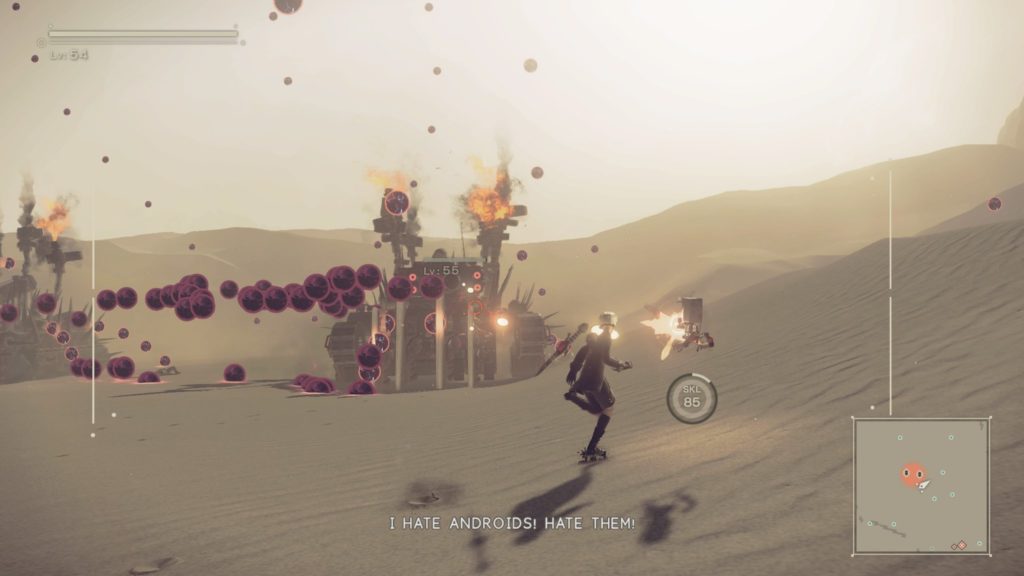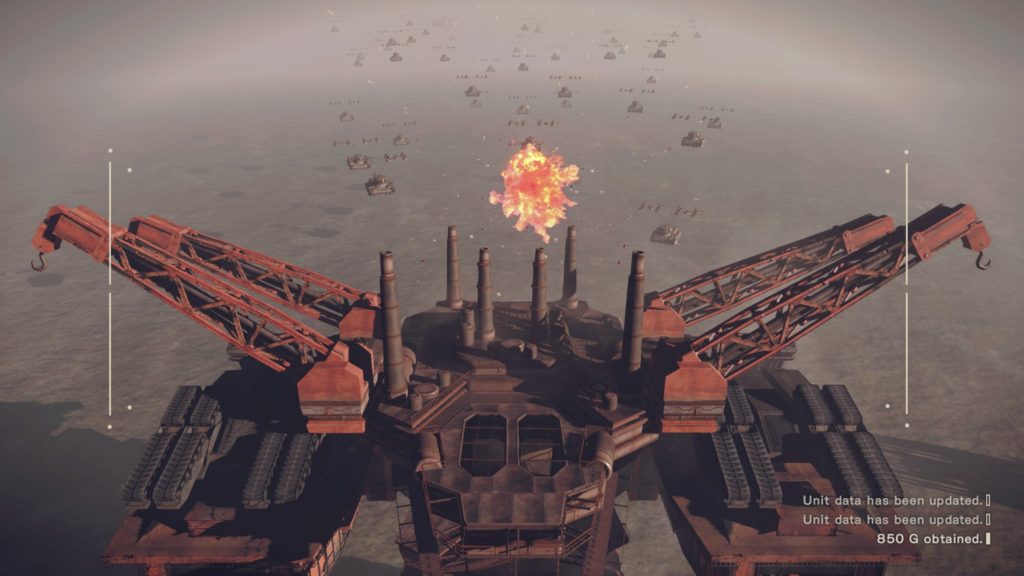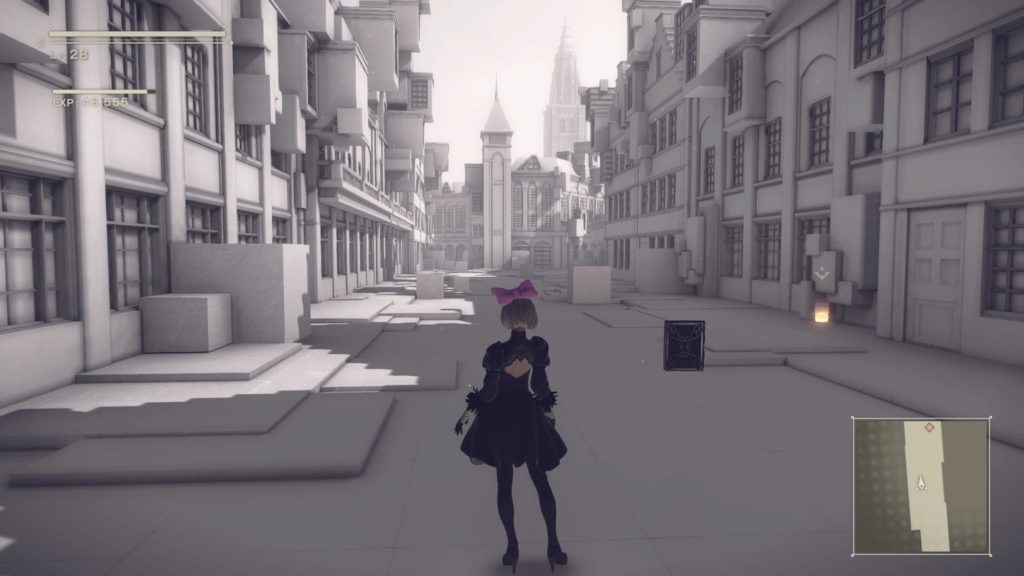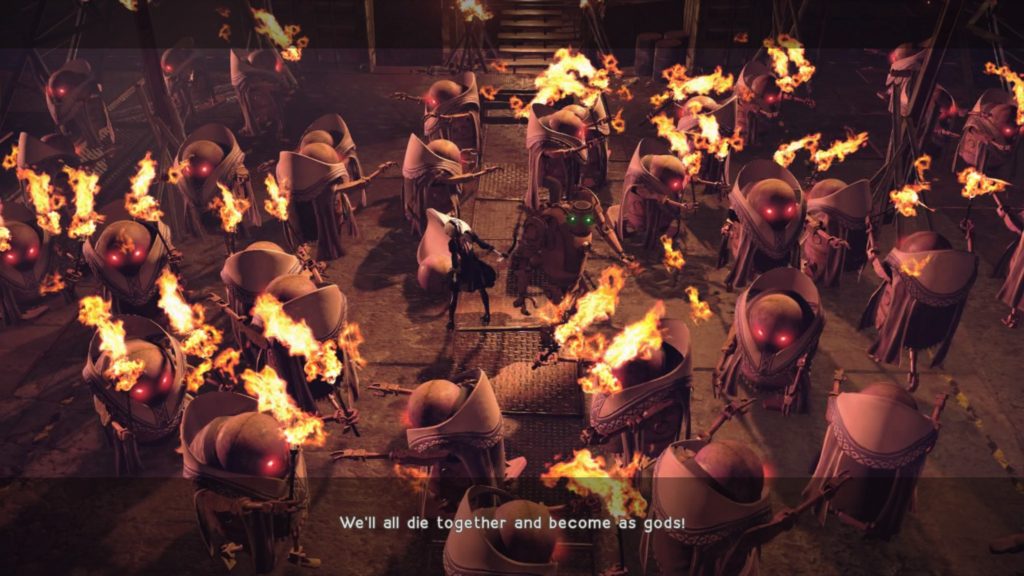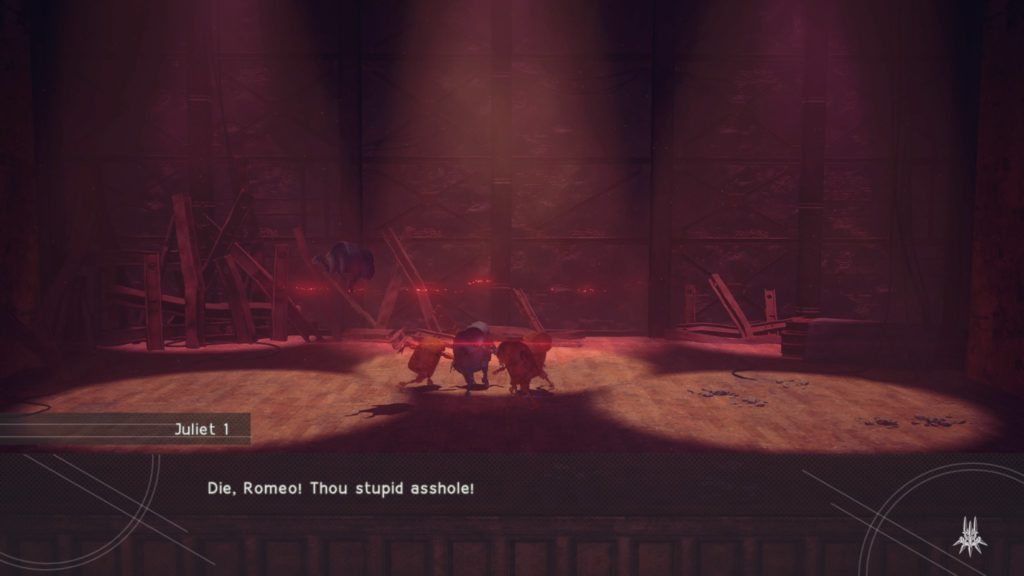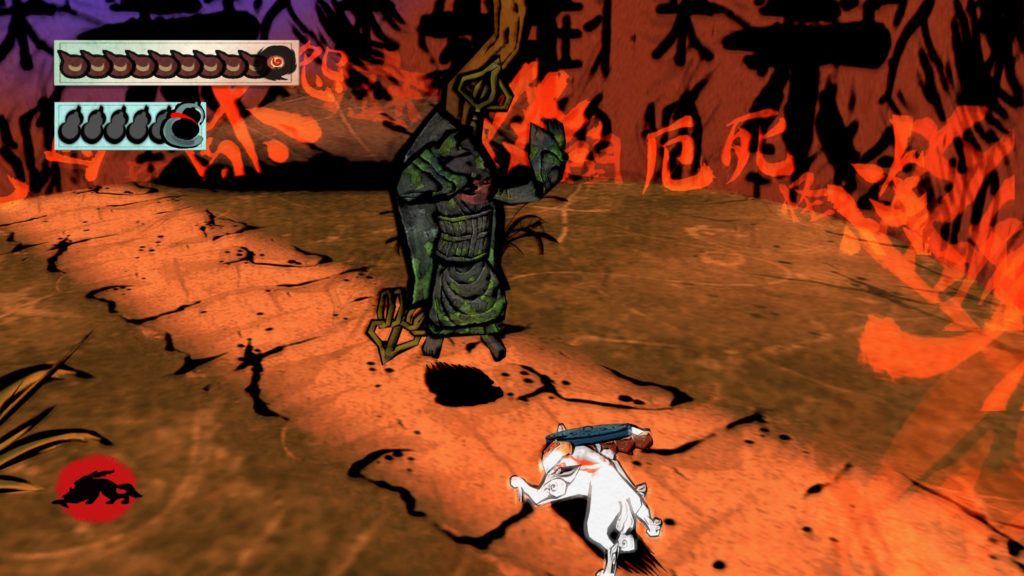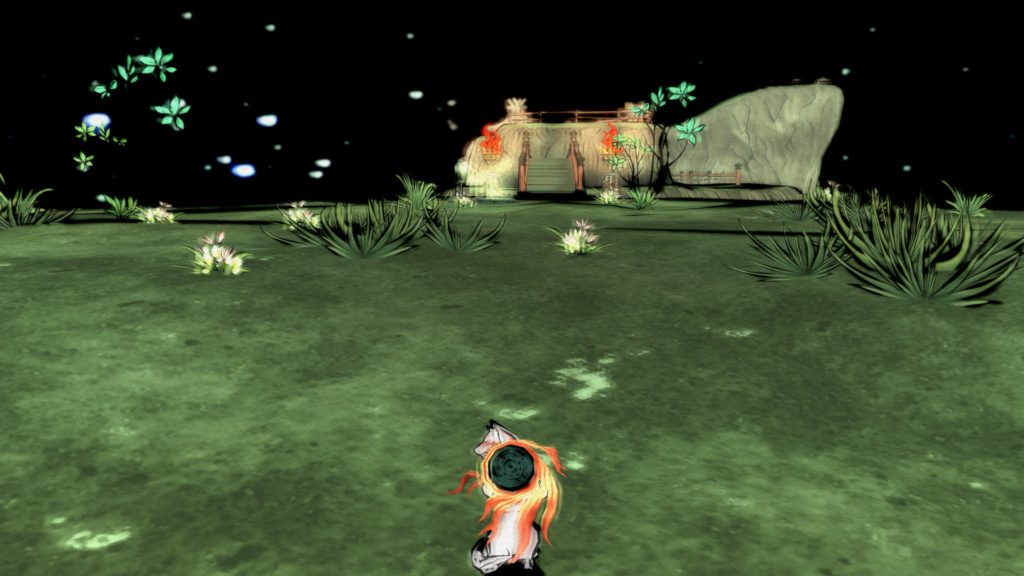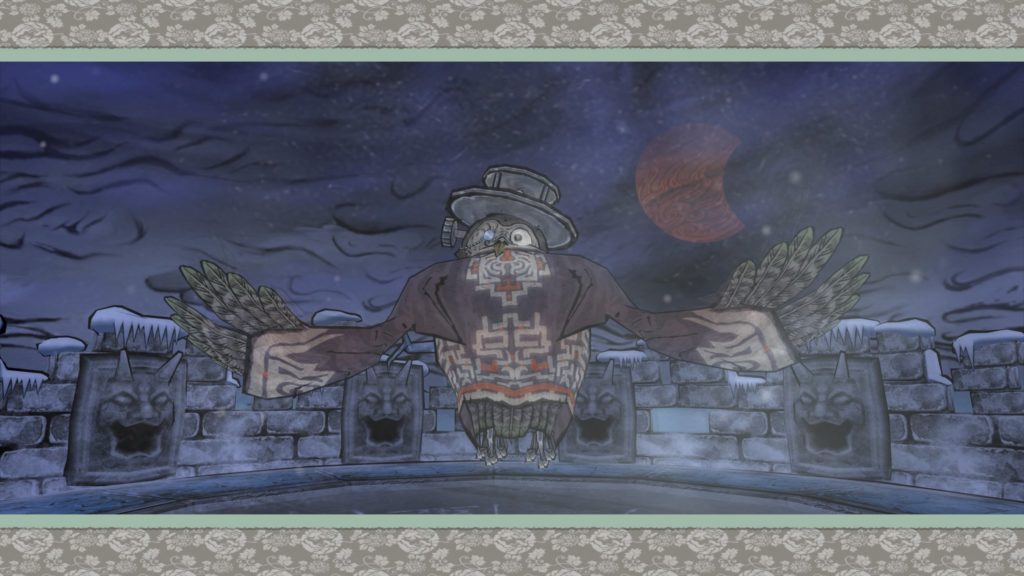- Genre: Hack and slash ARPG
- Platform: Switch
- Also Available On: New Nintendo 3DS
TL;DR
- Probably the best Warriors game that will come out this year
- Same Warriors gameplay that can be expected from Dynasty / Samurai / Hyrule Warriors games
- Good implementation of standard Fire Emblem mechanics (weapon triangle, class upgrades, etc)
- History Mode not as varied as Hyrule Warriors‘ Adventure Mode, but still a nice side mode to the main story
Being perfectly honest, there’s no real surprise to playing Fire Emblem Warriors if you’ve played any previous Warriors title. You’ve got a big ass field with forts, captains, commanders, and outposts that have to be captured and defeated. You’ve got big story events that cause a constant ebb and flow of control of the field as you and your commanders attempt to win battles. You’ve got a huge variety of units at your disposal of multiple types. However, like Hyrule Warriors before it, this game takes the standard mechanics of its parent series and marries them nicely with the standard Warriors gameplay to do just enough to differentiate itself from the mainline games.
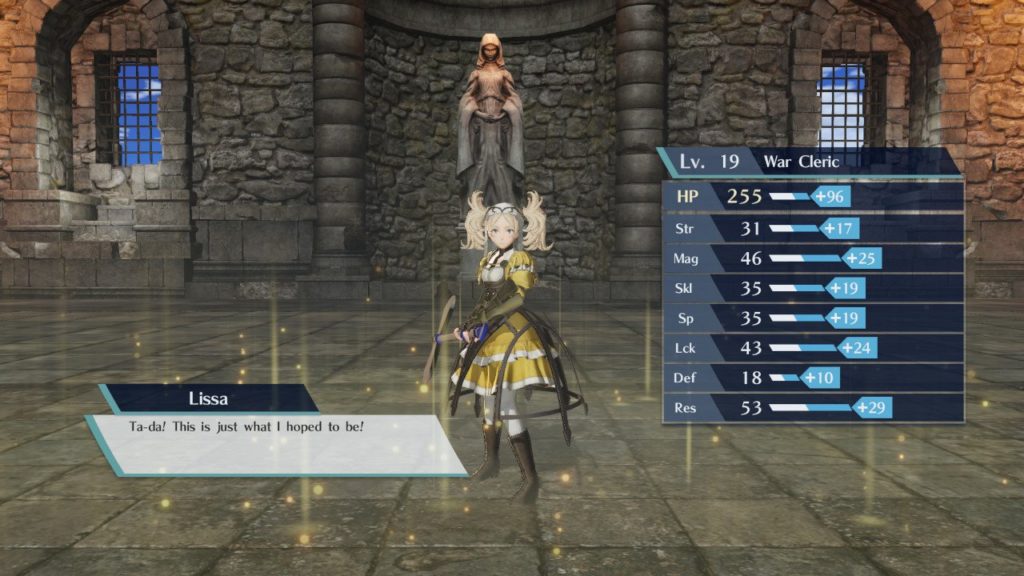
The big thing that’s always been noticeable about the spinoff Warriors titles is that they nearly always do a good job bringing together the core hack and slash mechanics with things straight out of the franchise they are pulling from. For Fire Emblem, this ends up pulling from a few specific areas.
On the gameplay side, the weapon triangle is the big one. The core FE mechanic of swords beat axes beats lances beats swords is still there and as important as ever. There’s also the archer advantage over flying units and the inclusion of mage and dragon units and their typical advantages and disadvantages. Overall this does two great things for this game. For one, AI units feel a lot more valuable than in my typical past experience with Warriors games. While the AI battle pace is still slow, I can now order units into advantageous fights and assume they will win, allowing me to take the unit I’m in control of and deal with more pressing issues instead of having to be involved in every single captain or fort fight. It also means that I was more willing to use a large roster than in past games. I wouldn’t ever want to be at a complete disadvantage, so I’d spread my types around and hop between units, taking advantage of the weapon triangle to fight with as many units as possible throughout the game.
There’s also a few smaller features at play here that are straight out of Fire Emblem. Like more recent games in the series, pair units are included, and allow for some flexibility in covering a disadvantage of one unit. For example, pairing an axe unit to a sword unit allows for turning around the disadvantage of fighting lances pretty handily. Unit bonds are also available, which unlock character-specific items that can be used for some of the higher level upgrades in the game’s version of the skill tree. Finally, master seals are available, which unlock the higher tier class for a given unit. In general, like Hyrule Warriors this game once again manages to feel a lot like its source despite the obvious change in style from a tactical RPG to an action RPG.
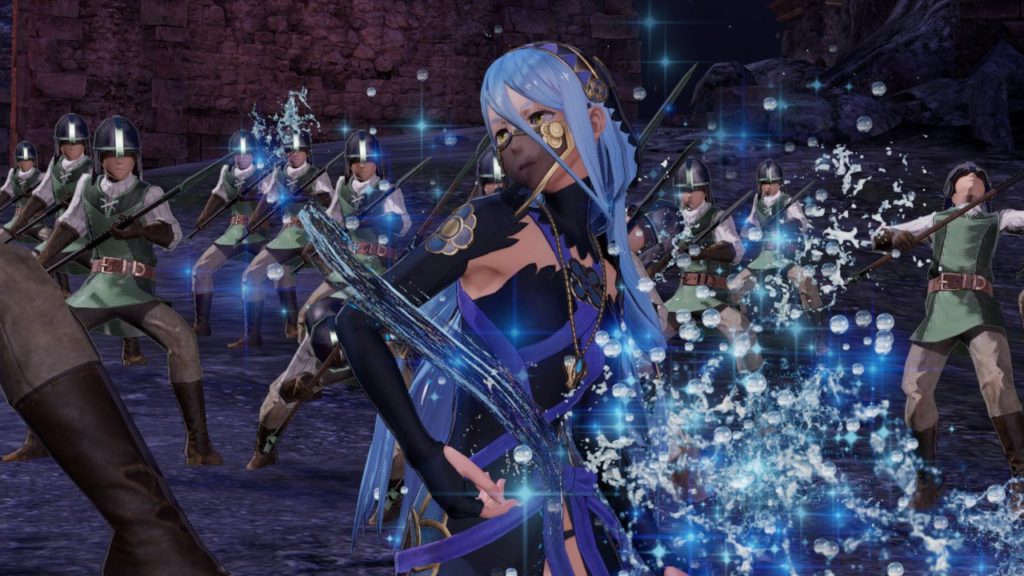
Everything else that is there is to be expected. You’re still going to be facing seemingly endless hordes of enemies while tearing through the battles. You capture outposts to minimize extra spawns, capture forts to lower enemy morale, defeat captains and commanders to eliminate high powered dangers, throw flashy special attacks to eliminates dozens of units at a time, and more. It’s as satisfying as the Warriors games ever are, even if it often feels like barely organized chaos at times.
That’s not to say there aren’t some weird little things that are fairly unique to this game. Despite the unit variety, I pretty much exclusively stayed away from flying units. While they were fine in the hands of AI, I often found that they would lift into the air during large combos, causing me to stay in the air flailing at nothing. It was strange and frustrating, and generally just wasted a lot of time. I also generally had some problems using enemy level as a gauge of relative power, particularly in the History Mode side content. Even within single battles, I occasionally found myself battling things of the same level and same weapon type with wildly different results. While some of this came down to simple character archetype stats, it threw me off enough times to consider it a bit unexpectedly weird.
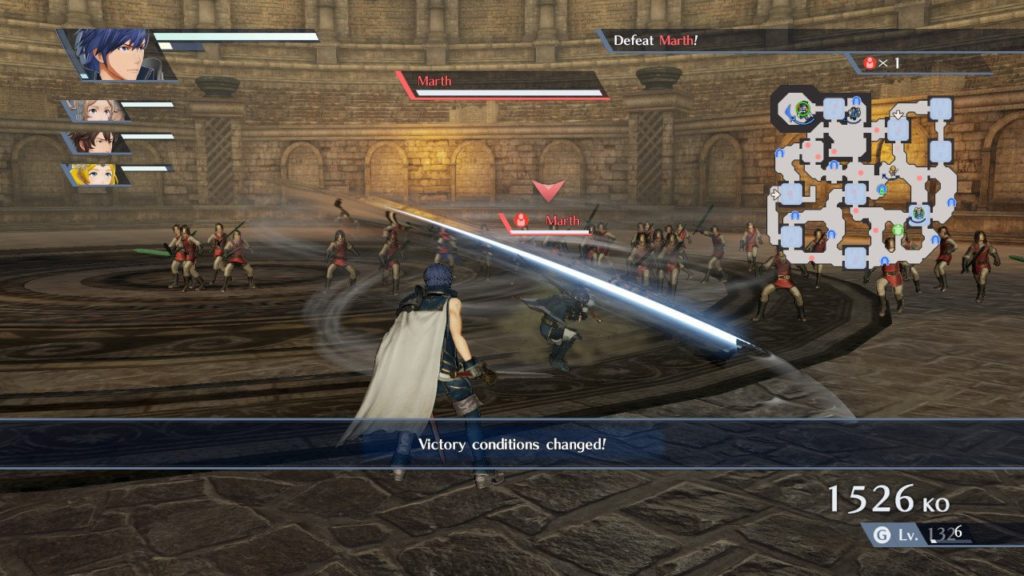
All that said, I generally didn’t have that many issues with the game. Is it a deep game? Not really. You run around, kill shit, rinse and repeat with a bit of variety in mechanics between maps. Is it an innovative game? Not really. It takes the same core mechanics from Warriors and Fire Emblem and combines them into something that happens to work. But is it a fun game? Absolutely. Even if it’s kind of stupid fun I can be pretty happy about that.


